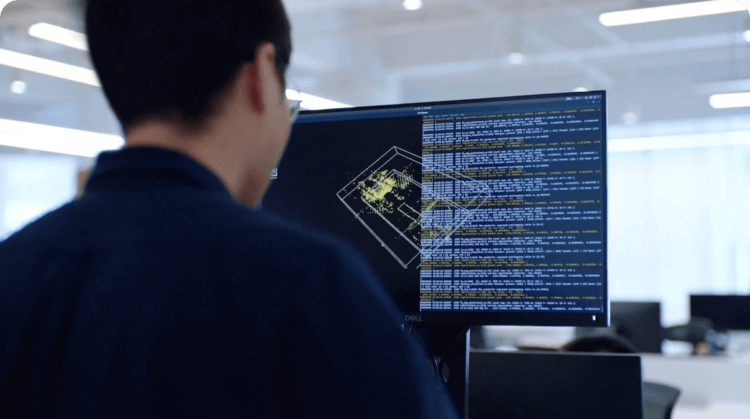BETTER PERCEPTION
SAFER ROADS
Autonomous driving technologies are progressing rapidly and the widespread adoption of advanced driver-assistance systems (ADAS) has created a pressing need for reliable automotive-grade perception systems. Lidar stands out as the safe and secure sensor technology to significantly enhance safety in autonomous driving vehicles, ultimately leading to a substantial reduction in accidents when implemented in every car. Lidar provides car manufacturers with high-resolution 3D vision capabilities that function exceptionally well both in daytime and nighttime driving conditions. Hesai's industry leading high-performance, automotive-grade lidars have become the sensor of choice for both ADAS and L4 autonomous driving applications.


Quality Performance Safety


3-IN-1 PHILOSOPHY IN
DATA SECURITY
DATA SECURITY IS
OUR PRIORITY

THE LEADER OF
GLOBAL LIDAR STANDARDS
